Who doesn’t love a llama? They’re beautiful and have great qualities that make them good pets.
But how much do llamas cost?
The price of a llama depends on its individual age, temperament, wool quality, gender, history, size, and where it is purchased.
The cost of a llama can range from $300 all the way to $5,000 depending on a couple of factors. If it isn’t trained, you are looking at around $400 to 900$ whereas a breeding llama will start at $1500 and go up from there.
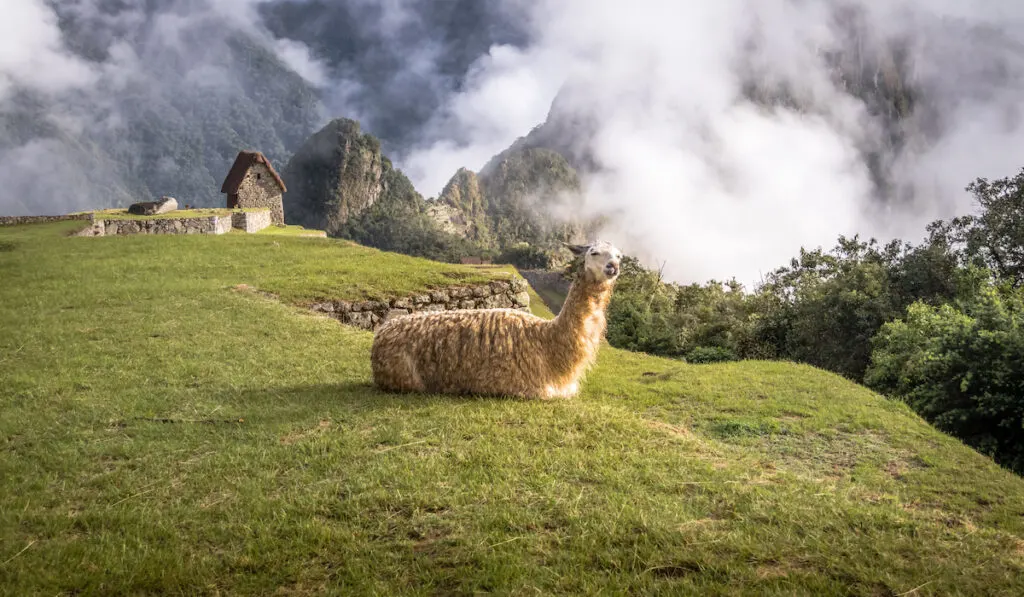
Let’s take a closer look at some factors that influence how much a llama costs, as well as the maintenance costs of keeping a llama.
Table of Contents
Some Llama Facts
Living with llamas will change your lifestyle for the better; your life will become more enriched when llamas integrate and become part of your family.
- Life span: Llamas typically live 15-25 years
- Height and Weight: 200-450 pounds in weight and between 5′-6′ in height
- Wool Types: Single coat fleece with no guard hair; Suri fiber; double coat fleece with guard hair
- Personality: Gentle, intelligent, sometimes a bit aloof but always curious
- Native Habitat: Peru, Chile, Argentina, and Bolivia,
- Gestation Period: Induced ovulation (breed all year long); 350 days
Your Llama’s Purpose
The purpose of your llama’s use can greatly influence the cost you pay in the end.
If you plan to buy a working pack llama of at least four years old with thousands of hours of training, expect to pay anywhere between $1,500 to $5,000.
High-quality males and females used for breeding are also more expensive than the average untrained young llama that only cost a few hundred dollars.
Llamas are commonly used as pack animals, but in the United States, most are used for livestock purposes.
Llamas are great working animals because they can carry about 30 percent of their body weight for up to eight miles at a time. Although llamas look gentle, they are often used as livestock guards.
They protect sheep from predators like foxes and coyotes. Llamas grow up to six feet tall and weigh up to 450 pounds.

What Do You Do with a Llama?
Apart from the basic purposes, llamas are also used as therapy animals. In nursing homes and hospitals, they are highly demanded to reduce depression, anxiety, pain, and fatigue.
Here are some examples of what llamas can be used for:
- Wool production
- Livestock guardian
- Trekking
- Packing
- Pets
- Breeding for profit
- Cart riding
- Parades
- Nursing Home visitation
Tips for Buying a Llama
Do Your Research
Before you buy a llama, do plenty of research. Visit local farms before you commit to buying a llama. Don’t be afraid to ask lots of questions.
A reputable breeder will be proud to share as much information as possible about their llamas.
Don’t Buy from Mass Breeders
Good llama breeders are more focused on breeding high-quality animals instead of producing as many llamas as possible that they can sell.
Some indications that you are dealing with a reputable breeder include a breeder with only a few baby llamas (crias). Their llamas will look healthy, sheared, and well-maintained instead of neglected. A reputable breeder’s facilities will be clean, and the llamas for sale well-trained.

Try to Buy a Trained Llama
You can buy both untrained and trained llamas. While untrained llamas are less expensive, it’s not recommended. If you have no experience with llamas, untrained llamas, and untrained owners are not a good combination. We always recommend only buying trained llamas.
The headache and hassle of dealing with an untrained llama when you have no experience are nowhere near worth the little bit of savings.
Be on the lookout for overhandled and burned-out llamas when looking at their long working history.
Do a Pre-Purchase Exam
Ask for a pre-purchase exam to be done by a recognized llama veterinarian or another person who has lots of experience with llamas.
If you buy a llama that is not well-conformed, you might deal with arthritis, leg problems, and long-term health issues later.
Number of Llamas
Unless you buy a llama as a guard animal to protect your goats, sheep, hens, and other livestock from predators, you should probably buy at least a couple of llamas because these animals do best when they are together with their strong herding instincts.
Because of their strong herding impulses, llamas should not be left alone. If you wish to buy a llama, be ready to buy a minimum of 2 to 3. If you don’t, your lonely llama can develop some very aggressive habits.
Llamas can and will spit, however, they just do so to keep other llamas at bay or to keep a pecking order. A mishandled llama might spit at anything it considers a threat, even you.
Additional Costs to Consider
Feed
Llamas are no different than any other livestock on your farm; they need to be fed. You need to be ready to expend an additional cost of around $350 extra per year to feed your llamas to ensure they get all the nutrients and minerals they need to thrive and stay healthy.
This cost includes a commercial pelleted feed and six months’ worth of hay. When your llamas have access to a pasture, an acre can feed about 3 to 4 llamas.
Veterinarian Bills
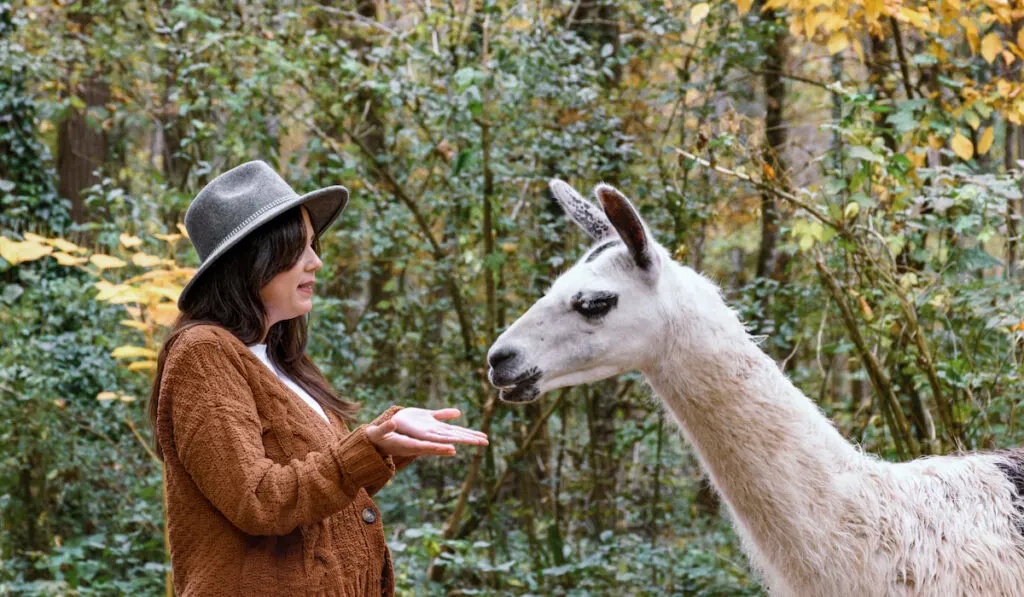
Llamas are very susceptible to parasites and bacteria that create health issues if they don’t get regular checkups. They need to be checked every month to ensure they are healthy and don’t carry any parasites.
Luckily, llamas do not require as much veterinary care as some other animals do. When buying a llama make sure it has already received the vaccinations it needs.
Llamas live up to 25 years, though you will probably require the services of a veterinarian at least a couple of times throughout a llama’s lifespan. This can add to the additional costs usually not calculated when buying a llama.
Llama males have fighting teeth that need to be cut to prevent them from becoming dangerous to other llamas. Every three months, their nails need to be cut. Just like any other farm animal, llamas must be dewormed every few months by a local veterinarian, along with annual vaccinations like rabies.
Veterinary Cost
- Vaccinations – $20
- Vitamins – $20
- Bovine Viral Diarrhea Virus Test – $75
- On-site health checkup from a licensed vet – $37
- Fecal Test – $105
Shearing
Generally, shearing a llama is more expensive than other animals like sheep and goats due to its size. You should expect to pay a professional shearer around $35-40 to shear your llama. This fee usually includes nail trimming too. It is also normal to pay a farm callout charge, which can cost you around $80.
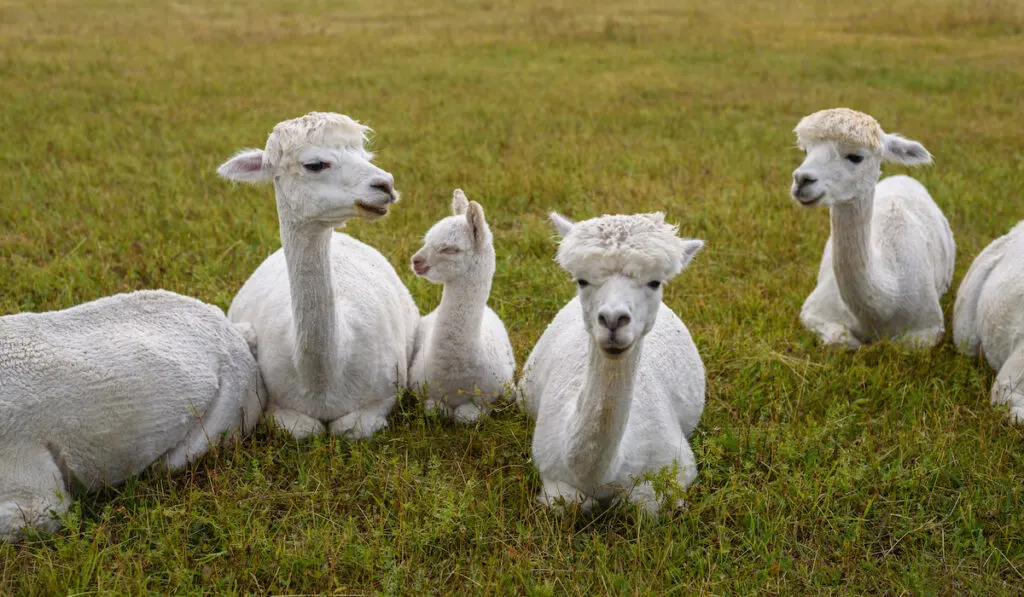
Do Llamas Have Hooves?
No, llamas do not have hooves. Llamas have feet that consist of two toes, each with a pad and a toenail. Their nails curve and point toward the ground.
How to Lower Costs and Generate Profit from Llamas
Keeping llamas does not only cost you money but can make you money too. You can credit your bank account with a handsome amount of money by:
- Selling wool
- Selling milk
- Selling meat
- Selling fully mature llamas
- Selling manure
- Offering them for cart pulling
- Offering them for breeding
Selling Mature Llamas
You can sell fully mature llamas. Selling fully mature llamas is profitable and will lower your yearly expenses. If you raise high-quality, healthy llamas, you can expect $6000 to $7000 net profit from each pair.
Selling Wool
Llama wool is in great demand because it is soft and lanolin-free. Sold at the market, 1oz of llama fleece goes for about $3 to $4. Having llamas on your farm will produce a lot of wool, which is another way to lower costs and increase profit.
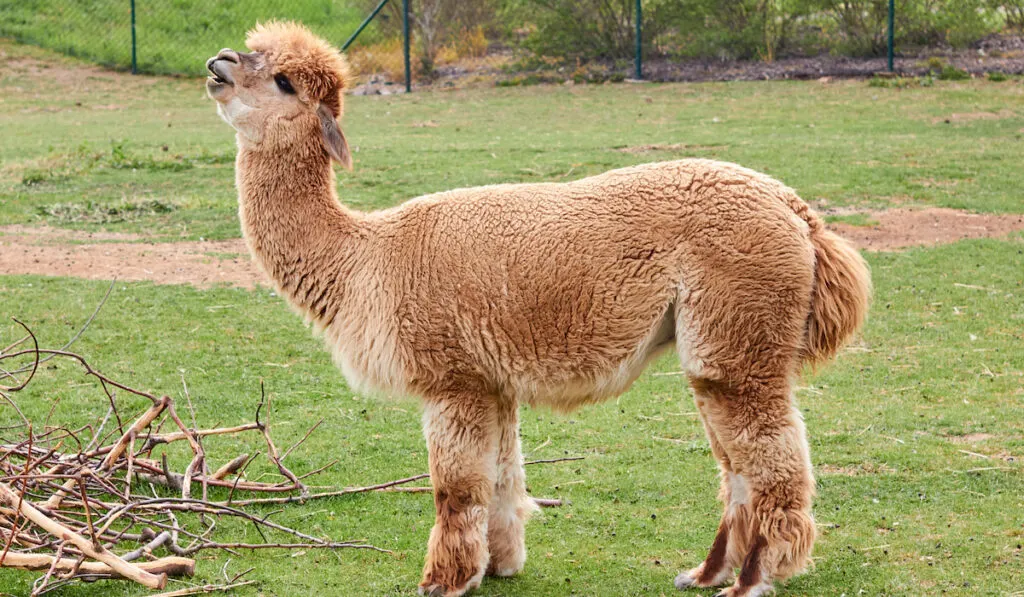
Selling Milk
Most llama farmers make a good profit from selling llama milk. Llama milk is a great alternative to cow’s milk. Lactose intolerant people prefer to drink llama milk because of the low lactose percentage.
Selling Llama Manure
Llama farmers make money to reduce the daily costs from selling the manure.
A llama’s manure can boost lawns and gardens because it is rich in potassium, phosphorus, and nitrogen. Using llama manure works just as well as pigs or other livestock manure.
Offering Llama for Breeding
Just as you can offer bulls, horses, camels, and other livestock for breeding, llamas can serve the same purpose to make a profit.
Llamas can make a good profit in the breeding season. If you aim to lower costs and maximize profit, do not underestimate the amount of money to be made by offering llamas for breeding.
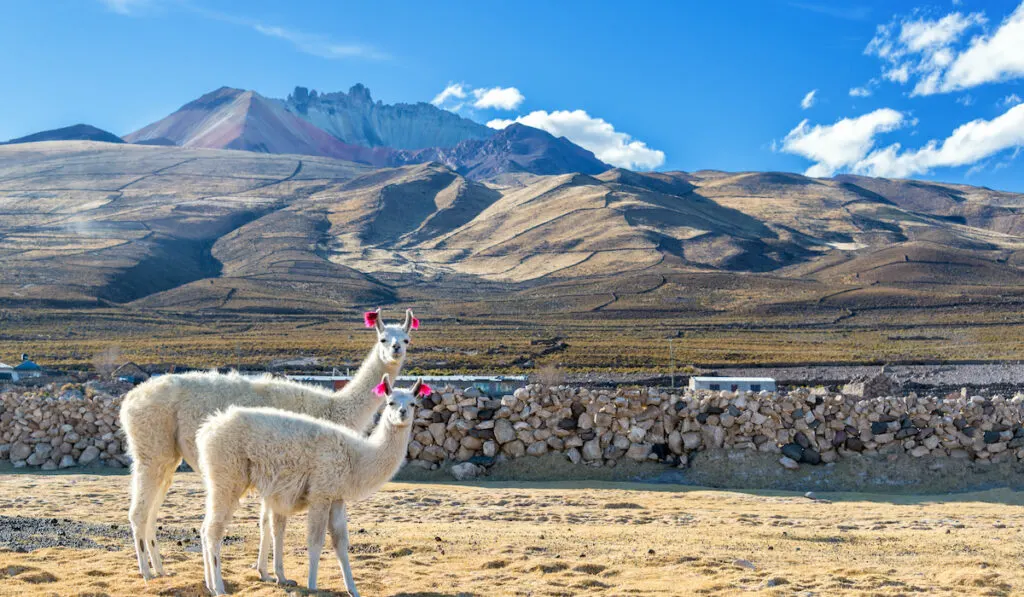
Conclusion
To buy a good quality llama that is well trained, you should expect to pay around $2000 to $5000. Many young and untrained llama are available from $300 to $500. However, you are buying a green llama that might just be a problem animal.
It is better to pay a little more at first for good quality than to buy a cheaper llama that will cost you more because it arrives with health issues.
Always buy llamas from a reputable breeder. The initial cost of buying a more expensive llama can quickly be recovered by using your llama for the purposes we listed above and turning expenses into profit.
Resources:
- https://howmuchdoescost.com/how-much-does-a-llama-cost/
- https://informedfarmers.com/how-much-does-a-llama-cost/
- https://farmdesire.com/llamas-farming/
- https://www.thepricer.org/the-cost-of-a-llama/
